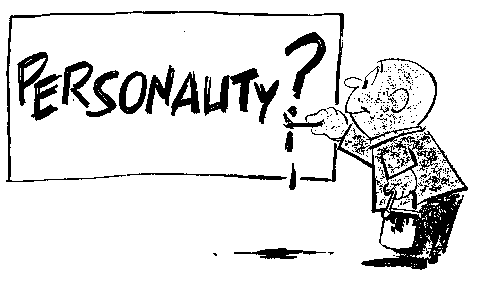1. What is the primary focus of trait theory of personality?
- Trait theory is focused on identifying and measuring individual personality characteristics and the link to anti-social behavior, i.e., aggression, violence, and criminality
2. Explain the differences between cardinal traits, central traits and secondary traits.
- Central Traits: The general characteristics that form the basic foundations of personality. These central traits, while not as dominating as cardinal traits, are the major characteristics you might use to describe another person. Terms such as intelligent, honest,shy and anxious are considered central traits.
- Secondary Traits: The traits that are sometimes related to attitudes or preferences and often appear only in certain situations or under specific circumstances. Some examples would be getting anxious when speaking to a group or impatient while waiting in line.
- Cardinal Traits: Traits that dominate an individual’s whole life. The peple consider the origin and meaning of the following descriptive terms: Freudian, Machiavellian, narcissism, Don Juan, Christ-like, etc.
3. What are two common criticisms of trait theory?
- Poor Predictor of Future Behavior: While a person falls on the high end or low end of a specific trait, trait theory fails to address a person's state. A state is a temporary way of interacting and dealing with the self and others.
- No Means of Change: Perhaps because trait theory does little to offer ideas about trait development, it also provides little or no guidance in the changing of negative aspects of a trait. Without understanding how a trait develops, how do we then change that trait? Many argue that the application of trait theory is significantly reduced because it lacks a means for change. What good is to measure something or to know something if we can do nothing about it?
4. Identify and briefly explain each of the five dimensions of personality according to McCrae and Costa.
- Openness to experience – Appreciation for art, emotion, adventure, unusual ideas, curiosity, and variety of experience.
- Conscientiousness – A tendency to show self-discipline, act dutifully, and aim for achievement; planned rather than spontaneous behavior.
- Extraversion – Energy, positive emotions, surgency, and the tendency to seek stimulation in the company of others.
- Agreeableness – A tendency to be compassionate and cooperative rather than suspicious and antagonistic towards others.
- Neuroticism – A tendency to experience unpleasant emotions easily, such as anger, anxiety, depression, or vulnerability.


